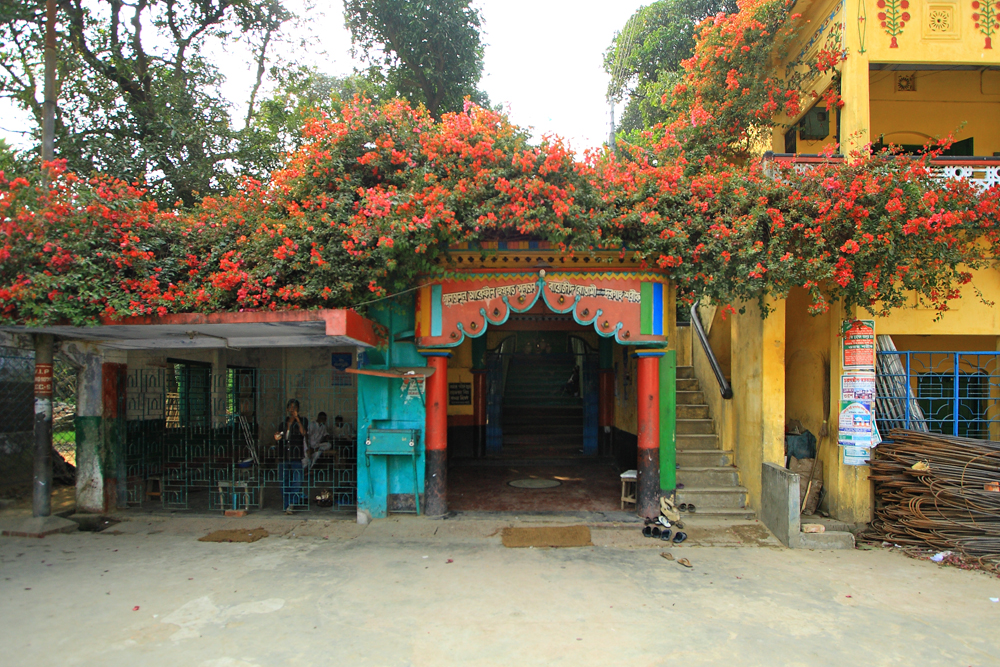

Located in the bustling port city of Chittagong, the Shrine of Bayazid Bostami is a historical Sufi sanctuary that has long been a focal point for both the devout and the curious. This sacred site is named after the famous Persian Sufi saint, Bayazid Bostami, who is believed to have visited the area in the 9th century. While it is debated whether the saint actually visited Chittagong, the reverence for him in the area is undeniably profound.
The history of tourism at the Shrine of Bayazid Bostami is inherently tied to its spiritual significance. For centuries, it has attracted pilgrims from various parts of Bangladesh and the Muslim world, eager to visit the mazar (mausoleum) believed to contain the spiritual presence of the saint. The site became a regionally important hub for religious tourism quite early on, though exact historical records of its establishment and early visitors are scarce.
One of the most notable features of the shrine complex that has peaked tourist interest is the pond of the sacred black soft-shelled turtles, locally known as 'mazari'. These turtles are considered sacred and are believed to be the descendants of evil beings that were transformed by a curse from Bayazid Bostami. Tourists and pilgrims feed and admire these creatures, adding to the site's mystical appeal.
In recent years, the Bangladeshi government, recognizing the shrine's potential for attracting international tourists, has made several developments. Infrastructure around the shrine has been improved, with better facilities for visitors and increased accessibility. Efforts have been made to promote the shrine and the city of Chittagong as essential destinations in the cultural and religious tourism circuits of Bangladesh.
The latest trends in tourism at the Shrine of Bayazid Bostami have seen an increase in the diversity of visitors. While the shrine continues to attract those on spiritual journeys, it is also becoming a hotspot for cultural tourists interested in the history and mysticism of Sufism.
Conscious of environmental issues and the need to preserve its historic sites, Bangladeshi authorities have been promoting responsible tourism practices in Chittagong. Visitors are encouraged to respect the sanctity of the shrine, as well as the well-being of the turtles, by refraining from harmful activities.
Furthermore, the rise of digital platforms and social media has played a significant role in showcasing the shrine to a broader audience. Online tours and virtual experiences have gained popularity, especially during periods when travel was restricted due to global events like the COVID-19 pandemic. Such advancements have opened up new avenues for people around the world to explore the Shrine of Bayazid Bostami virtually.
In conclusion, the Shrine of Bayazier Bostami not only preserves the spiritual and cultural echoes of the past but also stands as a testament to the evolving nature of tourism in Bangladesh. With a blend of authentic cultural immersion and responsible tourism practices, the shrine continues to be a beacon for those seeking mystical, historical, and personal enrichment.
Whether you're a devout pilgrim, a history enthusiast, or a curious traveler, the Shrine of Bayazid Bostami offers a profound experience that is both enriching and enlightening. Its ongoing popularity assures its place as a cornerstone in the tourism landscape of Chittagong, Bangladesh.